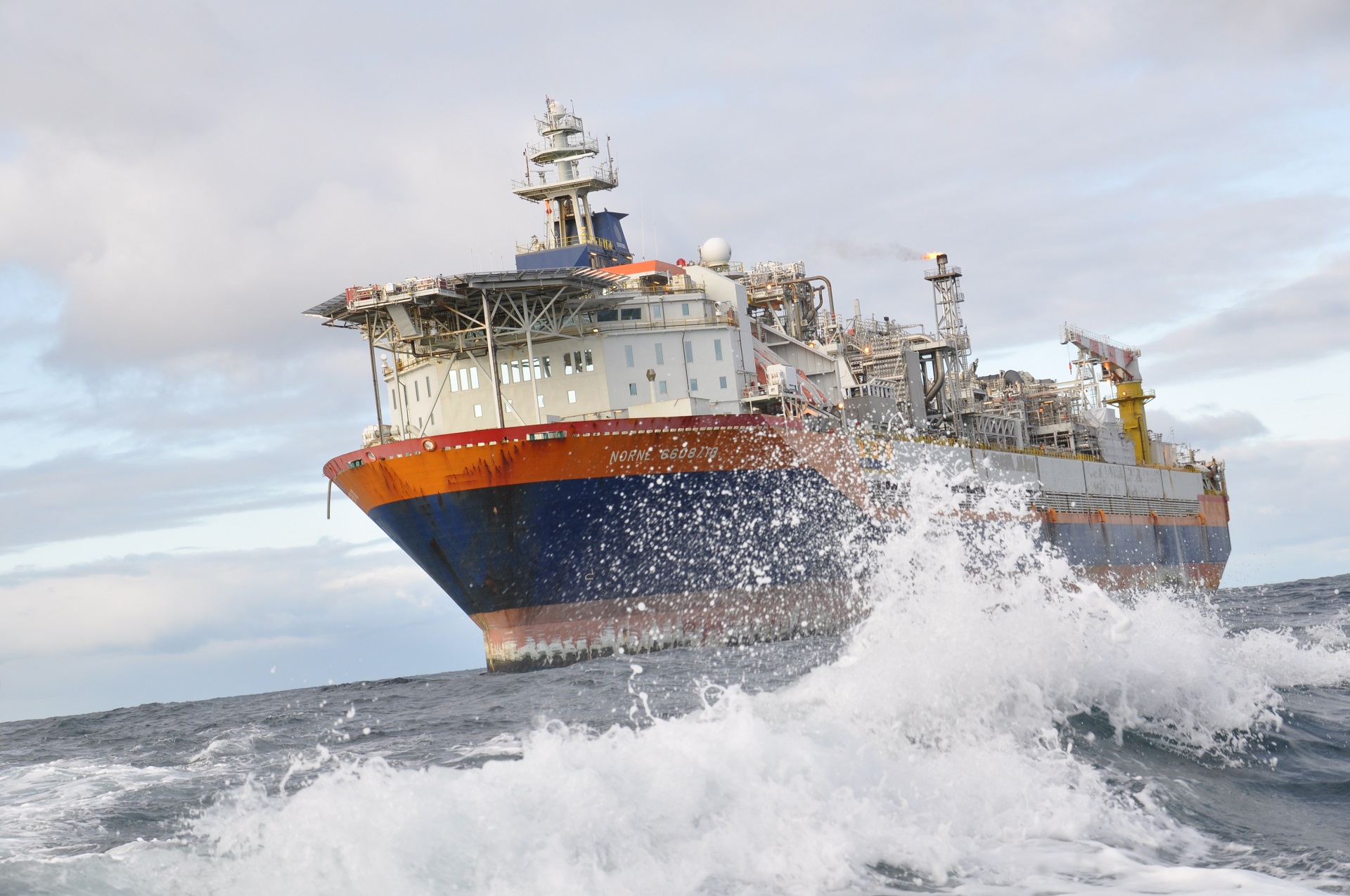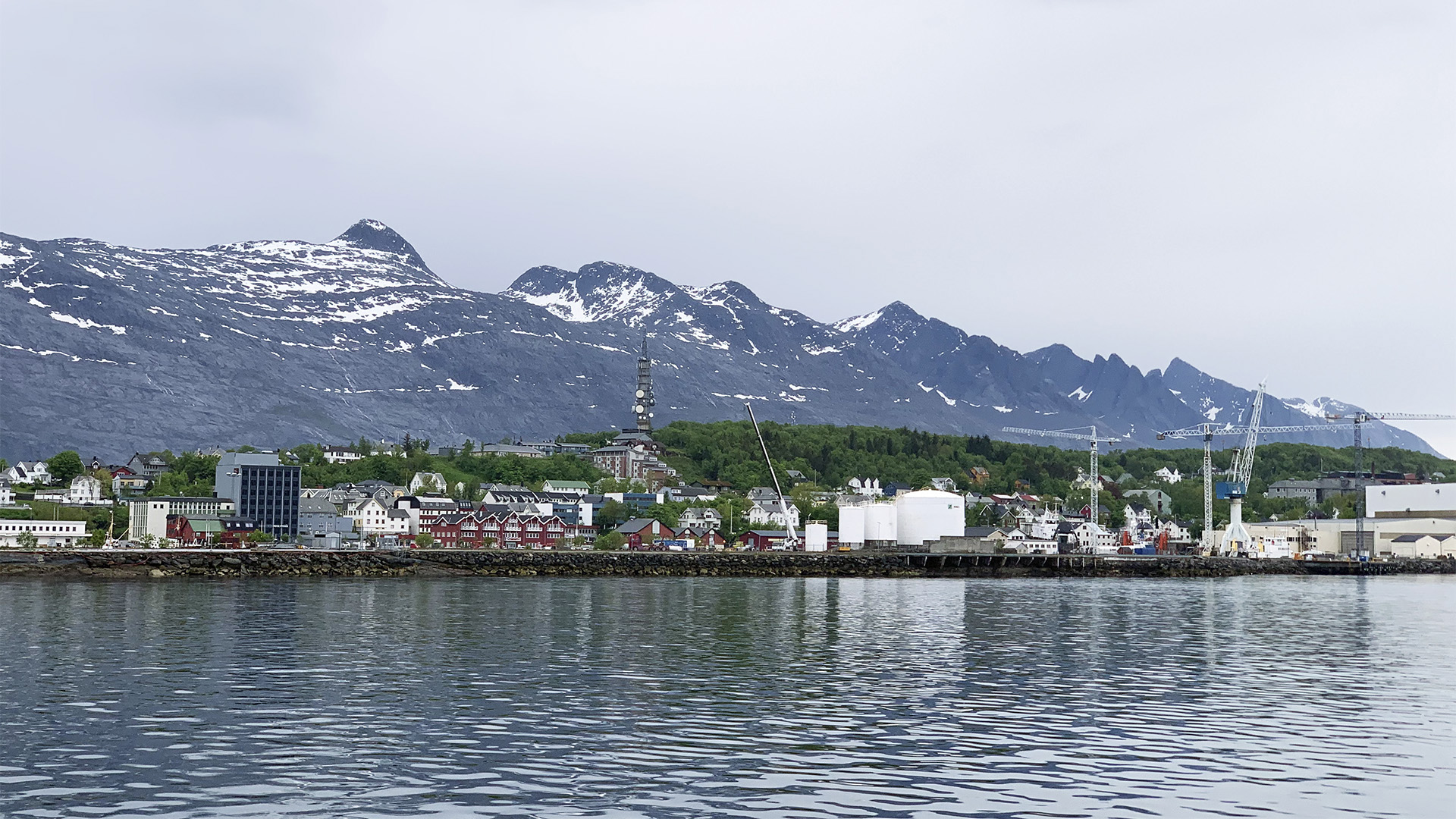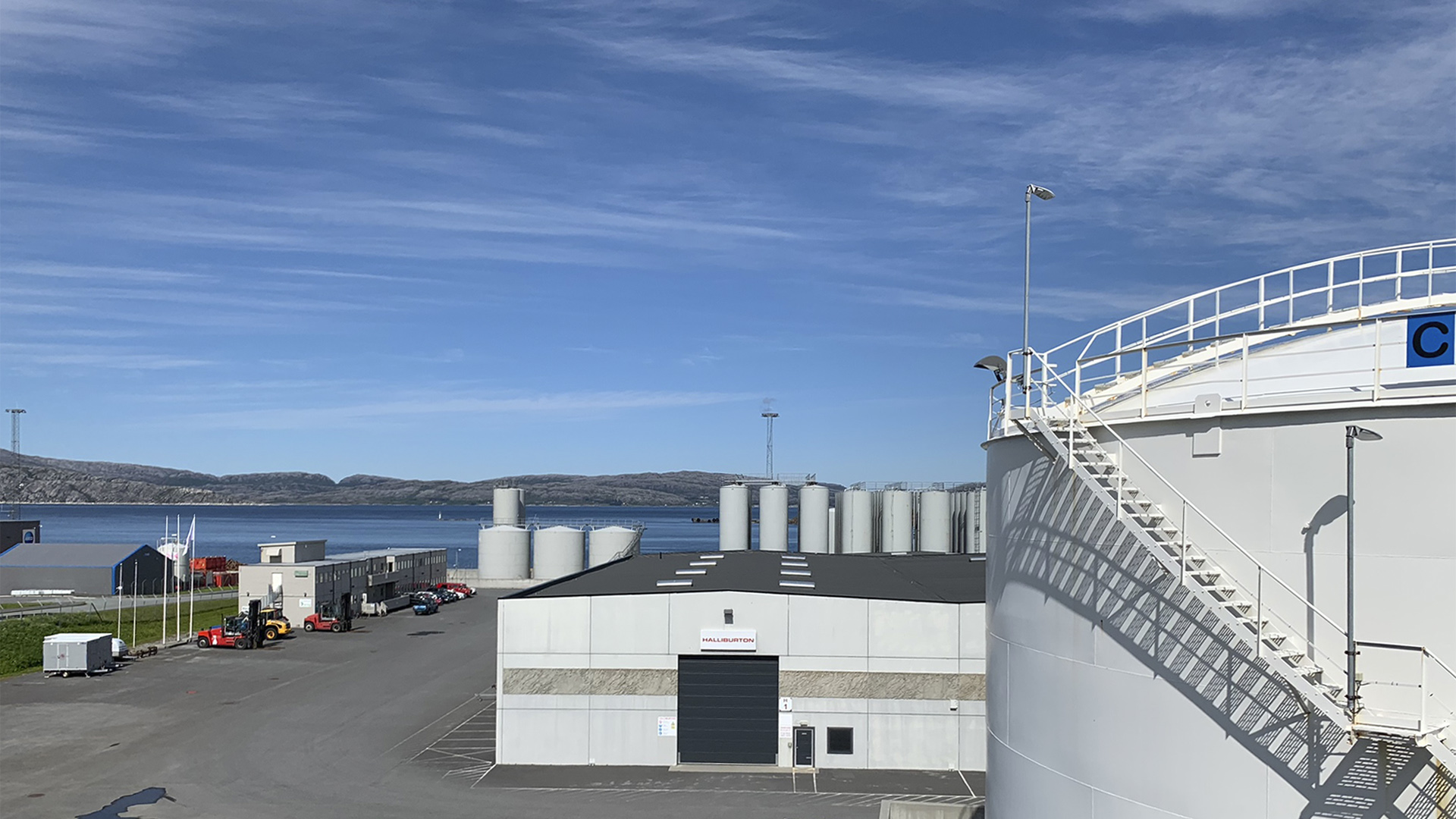Busy Norwegian Sea

“There is a great range of tasks, challenges and possibilities”, says Kalmar Ildstad, Assistant director Development and operations – Norwegian Sea. Photo: Anne Mette Fjærli/Equinor.
10/18/2019 A lot is going on in the Norwegian Sea! In this sea area, which is twice the size of the North Sea, there are 19 fields in production, numerous discoveries are being developed and around 350 exploration wells have been drilled over the past 40 years.
In many ways, the Norwegian Sea is a miniature version of the Norwegian shelf. It consists of a deep seabed with surrounding continental shelves. The geology in the Norwegian Sea is the reason why we believed early on that there might be oil and gas there.
We have spoken with some of the companies that are working to generate value from the resources below the seabed – and some on land who are benefitting from the ripple effects.
Ensure good progress
“We want to generate maximum value from the resources. Taking care of the external environment and good cooperation with other users of the sea is also very important,” says Kalmar Ildstad, assistant director for development and operation, Norwegian Sea.
Exploit what is already there
Ildstad stresses that it is important that the projects are progressing well. Exploring for oil and gas near existing infrastructure is one example of how to achieve this. Geir Richardsen, exploration director for the Norwegian shelf in Equinor, is also concerned with this:
“We, the State and the companies, have made major investments in the installations that are already in place on the fields. If we are able to discover more while the fields are still operational, it will be more profitable.”
Creating jobs
The oil and gas activities in the northern Norwegian Sea are incredibly significant for local companies. For Helgeland Industrier’s (HIAS’) laundry service in Sandnessjøen, this means many jobs and exciting tasks for the employees, according to supervisor Birgit Walla.
The rest of the region also reaps numerous benefits from the oil and gas industry. “This is very significant for us. We see the direct ripple effects every day. The industry has provided us with many jobs over several years,” says Bård Anders Langø, mayor of Alstahaug municipality until autumn 2019.
Local anchoring
Aker BP is also very much an active presence on the Helgeland coast; the company has multiple projects in the northern Norwegian Sea. “Local anchoring is important to us. We achieve this by developing the local community and local businesses,” says Svein Kråkø, Ærfugl PMT project engineer in Aker BP.
He also provides a brief introduction to the Ærfugl field, which is currently being developed and start-up is planned for next year.
Facts about oil and gas in the Norwegian Sea
The overall Norwegian sea areas are nearly six times larger than mainland Norway, Svalbard and Jan Mayen. About half of this area consists of sedimentary rocks that may contain petroleum.
- The Norwegian Sea is a part of the Atlantic Ocean –> located between Norway, Svalbard and Iceland
- Area = 289,000 square kilometres –> twice the size of the North Sea
- Contains major gas reserves
- Less mature and explored than the North Sea
- The exception is Haltenbanken. Oil and gas have been produced here for more than 20 years
- The exception is Haltenbanken. Oil and gas have been produced here for more than 20 years
- Water depth at the fields in the Norwegian Sea is about 220 - 400 metres
- 1979: Petroleum activities were opened north of the 62nd parallel
- Early 1980s: Exploration activity started in parts of the Norwegian Sea
- 1980: The first exploration well (6507/12-1) was drilled
- 1981: The first discovery – the Midgard discovery – was made on Haltenbanken
- Discovery was developed as part of the major Åsgard development (in production from 1999)
- Discovery was developed as part of the major Åsgard development (in production from 1999)
- 1993: The first field, Draugen, started producing
- From 1995: New fields start producing; Heidrun (1995), Njord (1997), Norne (1997), Mikkel (2003), Kristin (2005) and Urd (2005)
- 1997: The large Ormen Lange gas field was discovered
- In production from 2007; became the second largest gas field on the Norwegian shelf after Troll
- 2017: Maria field starts producing
- 2018: Aasta Hansteen field starts producing
- Aasta Hansteen and Polarled (482-kilometre pipeline) constitute a gas transport system that extends north of the Arctic Circle
- The pipeline runs from the Aasta Hansteen field to the process facility at Nyhamna in Møre og Romsdal county
As at August 2019:
- 19 fields in production
- Fields Ærfugl, Dvalin, Bauge and Fenja are under development
- 347 spudded exploration wells (wildcat and appraisal wells)
- 117 discoveries have been made from 1980 to August 2019
- 174 production licences that cover 65,000 square kilometres
Sources: Norwegian Petroleum Directorate, norskpetroleum.no, Store norske leksikon.
More information
2019 Resource Report, discoveries and fields
2018 Resource Report, exploration
Read more about the Norwegian Sea at norskpetroleum.no

Sandnessjøen and other cities in the Helgeland region are experiencing many positive benefits from the oil and gas industry.
 Supply base in Sandnessjøen.
Supply base in Sandnessjøen.
Updated: 10/18/2019